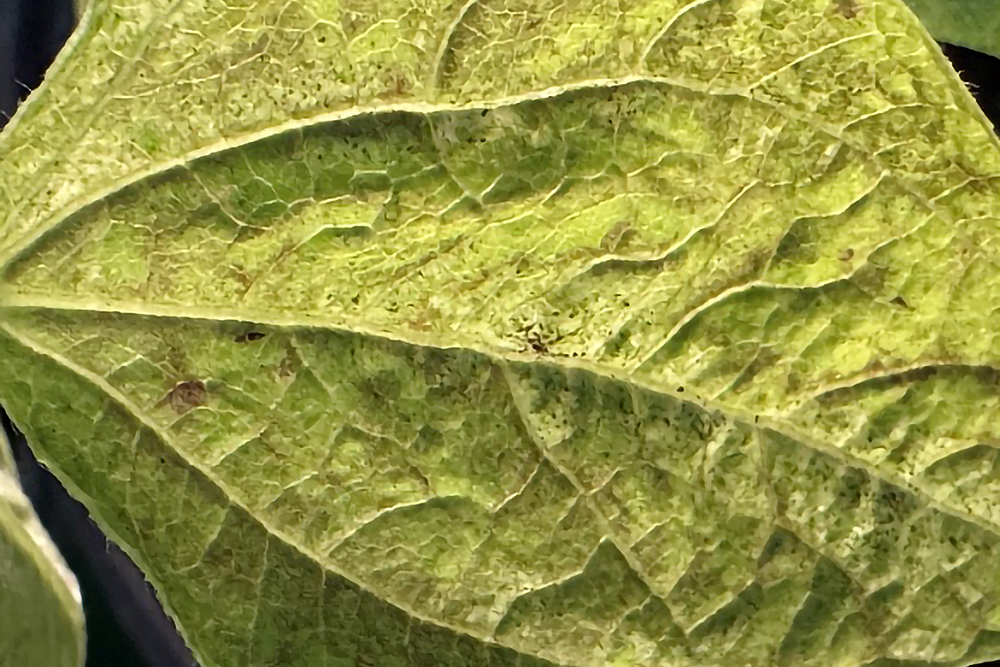By Sharon Omahen
University of Georgia
From the sight of the freshly-dug burrows in her lawn, Betty
Dowdy knew she had a critter problem. But living in Georgia’s
Piedmont, she’d never have guessed the culprit was an
armadillo.
“I started noticing holes in my yard and my little dog is
not a
digger,” said Dowdy who lives in Jackson, Ga. “When I took my
dog
out for his morning walk, we came eye-to-eye with an
armadillo.”
Steadily traveling north
Armadillos north of the gnat line?
“They used to be primarily a south Georgia animal,” said
Melissa
Cummings, a spokesperson for the Georgia Department of Natural
Resources-Wildlife Resources Division.
Armadillos now have been reported as far north as
Gainesville,
Ga., Cummings said.
At first, Dowdy didn’t take action against the armadillo. She
didn’t know what to do. Then the evil excavator took up
residence under her porch
“My grandkids could hear him scratching under my home’s
foundation,” she said. “That’s when I called for help.”
Attract and trap
A DNR agent told her she needed sardines, rotten fruit and a
trap
to catch him. Her local animal control office loaned her a trap
and offered to haul it off once she caught him.
Homeowners aren’t breaking any state laws by disposing of
armadillos that damage their landscapes. They aren’t a protected
species, Cummings said. But she recommends checking with your
local law enforcement officers.
“Make sure you aren’t breaking any city or county ordinances
first,” she said.
But Dowdy’s trap didn’t work.
The armadillo continued to burrow through her yard, and
steered
clear of the baited trap.
South Georgians are accustomed to fighting armadillos in
their
yards. In Calhoun County, 30 miles west of Albany, Ga., Paul
Wigley, the University of Georgia Cooperative Extension county
coordinator, says they’re a “genuine nuisance” in his area.
Holes a safety hazard
Aside from lawn damage, Wigley says, armadillos can cause
physical damage, too.
“The holes they dig are safety hazards, especially to the
young
and the elderly,” he said. “An older citizen can easily fall if
they twist their ankle in a hole and don’t catch their
balance.”
Wigley has trapped 17 armadillos this year in the permanent
trap
on his one-acre lawn. Two 16-foot pieces of plywood in a v-shape
at the entrance help guide them into the trap. He recommends
covering the trap with burlap.
“This makes it blend with the environment,” he said. “He’ll
think
he’s moving into another armadillo’s nest.”
Some homeowners take drastic measures to remove or deter
armadillos from entering landscapes, Wrigley said.
Electric fences with wires set 3 inches and 6 inches above
the
ground will stop armadillos.
“But then an electric fence doesn’t know the difference
between
an armadillo and you, or your cat or dog,” he said.
Bye-bye critter problem
Eight days into her armadillo showdown, Dowdy and her dog
again
came face-to-face with the unwanted guest. But this day, Dowdy
was armed with frustration, hostility and a neighbor with a
weapon.
“He brought over his shotgun,” she said. “I don’t have an
armadillo problem any more.”
Dowdy’s neighbor gave the armadillo to a friend who dressed
and
ate the animal.
“Some people do eat them,” Wigley. “I’ve eaten it before, but
I won’t eat it again. It’s greasy like opossum. That’s why
they’re called ‘possum on a half-shell.”




